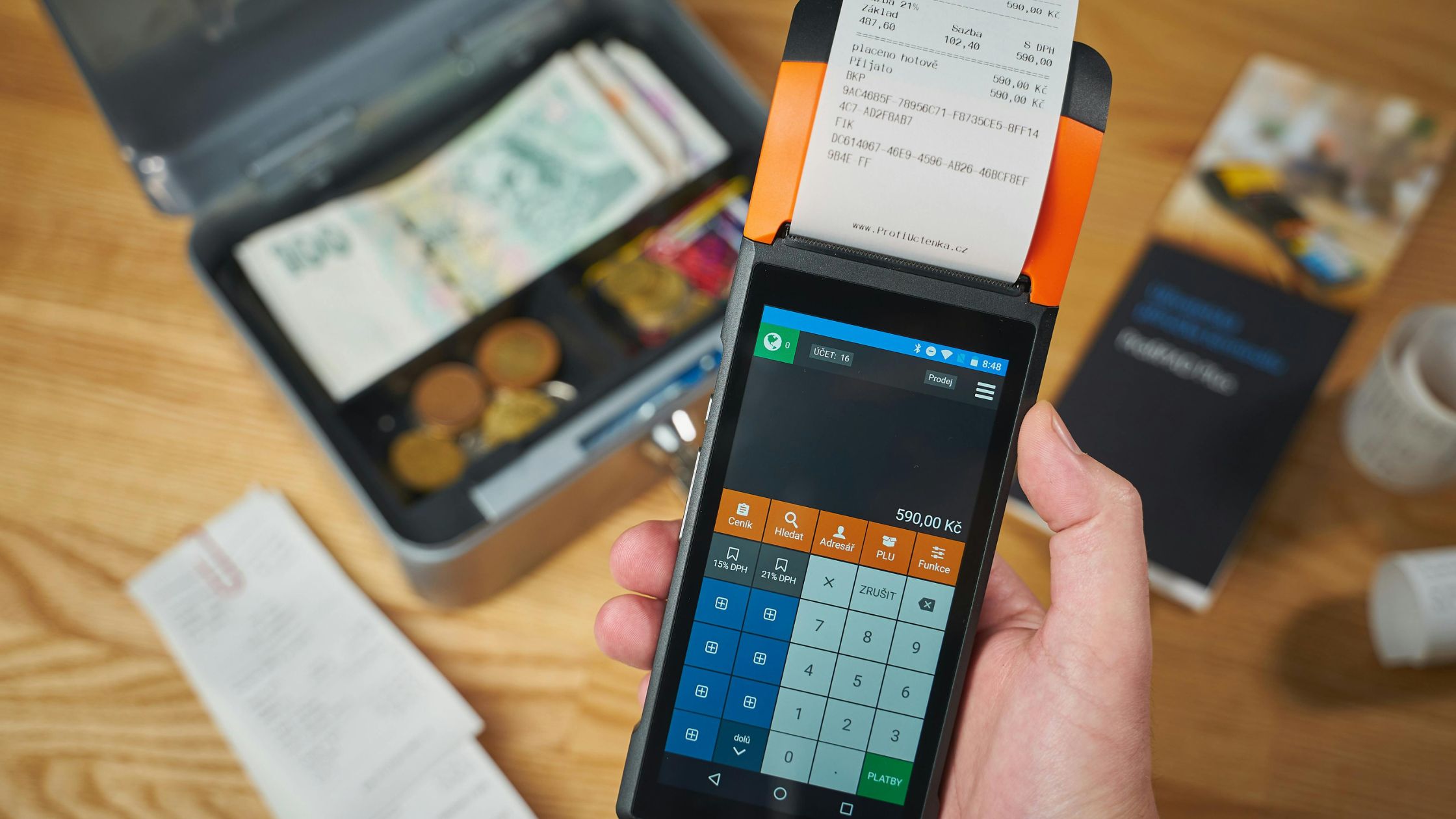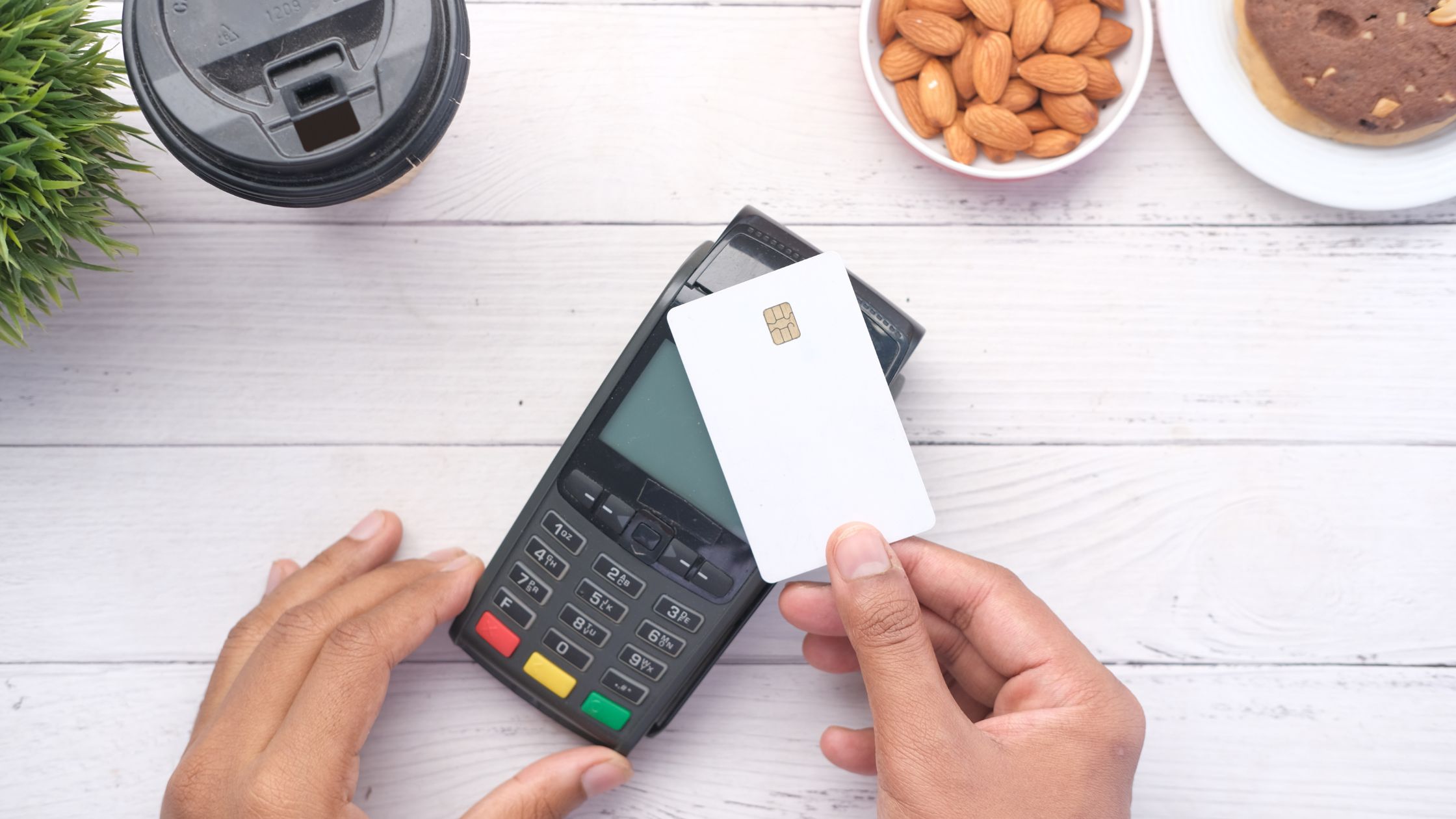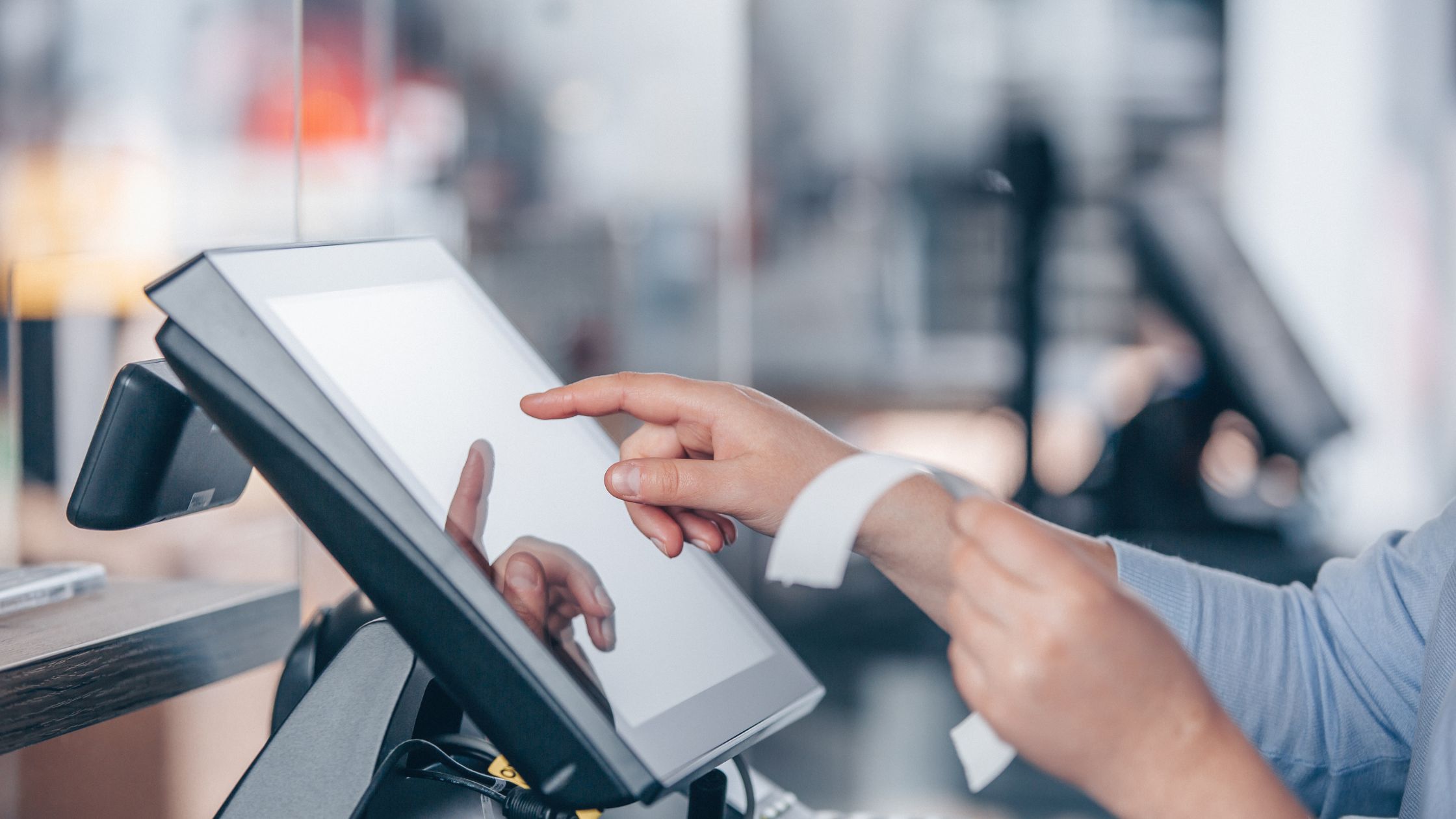A POS system is more than just a way to accept payments—it’s the central hub of your business operations. In this article, we’ll break down the meaning of the POS system, explore its key features, and explain how it supports various types of modern businesses by streamlining sales, managing inventory, improving customer experience, and boosting overall efficiency.

POS System: What It Is and Why Your Business Needs It
In today’s fast-paced business environment, understanding the POS system’s meaning is crucial for operational efficiency. A POS, or point-of-sale system, is the digital heart of modern-day transactions. It empowers businesses to accept payments, manage sales, streamline operations, and enhance the customer experience. But that’s just the beginning.
A POS system combines hardware and software to facilitate seamless transactions at physical locations or online. Unlike traditional registers, these systems not only process payments but also manage inventory, generate reports, and offer valuable business insights. Hence, adopting a POS system is not a luxury but a necessity.
What Is a POS System?
The term POS refers to the exact point where a transaction occurs between a buyer and a seller. Traditionally, it meant the cash register at a store. However, in the digital era, POS systems have evolved into multifunctional platforms that support in-person, mobile, and e-commerce transactions.
Modern POS systems include hardware like barcode scanners, card readers, cash drawers, receipt printers, and customer displays. The software handles tasks such as calculating sales tax, tracking inventory, processing payments, and even managing customer relationships. As a result, businesses can operate more efficiently and make data-driven decisions.
How Does a POS System Work?
Understanding how a POS system works helps businesses streamline operations and improve customer experience at checkout.
Product Selection
Staff scan items using a barcode scanner or select them from a digital catalog, ensuring quick, accurate item identification while reducing manual entry errors and speeding up the sales process efficiently.
Price Calculation
The POS system automatically calculates the total cost, including taxes and discounts, ensuring transparency and accuracy for both customers and businesses during every sales transaction, regardless of complexity.
Payment Processing
Customers pay using various methods like cash, cards, or mobile wallets. The POS software securely communicates with processors to complete transactions and authorize payments quickly and accurately.
Receipt Generation
Once payment is confirmed, the system generates a receipt that can be printed or emailed, giving customers a detailed transaction summary for their purchase and improving record-keeping.
Data Logging
Each transaction is recorded in real-time, updating inventory levels and sales reports. This helps businesses monitor stock, analyze performance, and maintain accurate records across all locations.
Gains From Using a POS System in Today’s Digital World
In today’s fast-paced market, adopting a POS system empowers businesses with tools to operate smarter and more efficiently.
Accuracy and Efficiency
POS systems automate pricing and tax calculations, significantly reducing human errors while ensuring transactions are quick, consistent, and reliable for both staff and customers across all sales channels.
Streamlined Inventory Management
Track inventory in real-time with automatic updates after each sale, helping businesses avoid stockouts, manage reorders efficiently, and maintain optimal stock levels without the need for manual tracking.
Faster Checkout Process
A POS system accelerates transactions by scanning items, applying discounts instantly, and accepting various payment methods, resulting in shorter queues and a smoother customer checkout experience overall.
Data-Driven Decision Making
Built-in analytics offer actionable insights into sales trends, peak hours, and product performance, allowing businesses to make informed decisions that improve operations, marketing, and customer satisfaction.
Improved Customer Engagement
Offer loyalty programs, personalized promotions, and digital receipts through your POS system to enhance customer retention, satisfaction, and repeat purchases, all while collecting useful customer data.

Key Features of an Effective POS System
To run a successful business, it’s essential to choose a POS system equipped with the right set of features.
1. Multi-Payment Acceptance
A good POS supports cash, credit/debit cards, mobile payments, and online options, offering flexibility and convenience to customers while boosting your ability to complete more sales seamlessly.
2. Real-Time Inventory Tracking
It tracks product levels automatically after every sale, preventing stock issues, optimizing reorders, and helping businesses maintain a balanced inventory without manual intervention or guesswork.
3. Customizable Reporting Tools
With built-in reporting features, businesses can monitor performance metrics like sales trends, staff productivity, and profit margins to make smarter, data-driven business decisions every day.
4. Integration Capabilities
The system should easily integrate with accounting, CRM, payroll, and e-commerce tools to streamline workflows, reduce manual tasks, and keep all business data centralized and accurate.
5. User-Friendly Interface
A POS with a simple, intuitive design reduces training time, enhances user experience for employees, and minimizes errors during daily operations, ultimately improving customer service and efficiency.
Conclusion
Understanding the POS system meaning goes beyond just payment processing. It encompasses a comprehensive suite of tools designed to make your business smarter, faster, and more efficient. Whether you run a small retail shop, a bustling restaurant, or an online store, a well-chosen POS system can revolutionize the way you operate.
For restaurant businesses ready to explore powerful and open-source POS solutions, consider Floreant POS to experience modern POS benefits without the enterprise cost.

FAQs
1. What does a POS system stand for?
POS system meaning for Point of Sale, which refers to the place where a customer makes a payment for goods or services.
2. Do I need POS hardware for an online business?
No. Online businesses typically only need POS software and a payment gateway integrated with their e-commerce platform.
3. Can small businesses benefit from using a POS system?
Yes, small businesses can greatly benefit from a POS system. It simplifies sales, tracks inventory, and provides insights—all while offering affordable plans designed for smaller operations.
4. Can a POS system work without an internet connection?
Some POS systems offer offline functionality, but for full features like cloud sync and real-time data, internet access is recommended.







